At 500px amazing photography is at our core, but these photos would not be possible without the talented people behind the lens. The 500px Spotlight series highlights the global and diverse photographers that are part of the 500px Community. This week we are excited to introduce you to Licensing contributor Lukas Klima.
Lukas Klima is an Austrian writer, director, photographer, and cinematographer. His 500px Licensing Portfolio features stunning wildlife and nature photography that captures the essence of Austria, and all its intimate details and boundless landscapes. It is not hard to become lost in Lukas’ style and approach; his work captures the fleeting moments of the natural world and gently reminds us of our connection and place within nature.
Hello Lukas! Can you tell us a bit about yourself?
When you think back to your old school days, your mind brings back memories, images, people, and events. But what is it that shapes our memory and becomes fixed as a memory? Why do I remember a seemingly unimportant moment when I got a good grade on an essay? Why don’t I remember that one formula I spent weeks memorizing?
In 2015, I decided to quit my job at a forest management and timber trading company to address these questions. Although I was a young and shy man, I was driven by the will to answer the above questions. I faced my fears and traveled to Vienna to study. Being in a big city, and studying at a big university, was an accomplishment for me, as I often felt uncomfortable in public among many people.
Photography was always a hobby of mine; therefore I became interested in the photography department and a digital film-production course. In this course, I was trained as a director of photography, however, it was during my second degree at Middlesex University London in the film-production program that I found my focus again. I began to ask myself “what is the root power to burn something into our memory for a long time?” I felt that being a director could get me closer to the answer, so I dedicated my time to learning how to work as a Director of Photography in this section of my studies. There was only one problem. As a director, you run a film set and have to speak in front of many people. But the will for the answer to my questions gave me an uncanny power to finally face my fears. Apart from my personal development, the effort paid off. After long hours of research during my thesis, I realized that I was not the first to ask myself these questions. Plato had already found a very good explanation. Namely, the power of storytelling.
Remember my memory of getting a good grade on the essay? It wasn’t the essay, it wasn’t the teacher, and it wasn’t the topic of the essay that was burned into my memory. It was my story behind the struggle to get a passing grade on the essay. I wrote very poorly and made many mistakes. That’s why I still remember that one seemingly unimportant essay. My teacher told me then that I would never manage to write a good essay again and that I should leave writing. Today, I write screenplays, see my stories unfold on a screen, and my teacher still sits in school correcting essays.
In summary, I realized two things. First, even Plato recognized the power of storytelling, and second, that the greatest strengths lie behind the greatest fears. To fully realize your potential, there is only one way, the way through fear.
What inspired you to begin shooting nature and wildlife?
I grew up in the countryside, in the mountains. I was always surrounded by nature. I also had a passion for sports, so that kept me outside a lot. For me, sunrises in the mountains, wildlife in the forest, and natural lakes were normal parts of my everyday life. It was only when I traveled to Vienna that I realized the privilege I had of growing up surrounded by nature.
It was clear to me that people in cities are deprived of moments that I grew up with. This inspired me to capture magical moments found in nature and share them with the rest of the world. I have also learned to appreciate the time I spend in nature more consciously, and enjoy every minute spent outside.
You love to explore your own backyard. Can you tell us what you love about shooting in Austria?
The beauty of Austria lies in its diverse landscapes. I can climb a mountain, explore a cave, dive in a lake, or sail in a short time. The flora and fauna in Austria are so diverse, that something new can be discovered every day.
I particularly enjoy the challenge of discovering new photo locations. Of course, I could go to any popular tourist location and take pictures that dozens have taken before me. But I find that boring.
I live only a few kilometers from Hallstatt, where you can find the world-famous village at lake-Hallstatt. To this day I have never been to Hallstatt, and I don’t ever plan to. I don’t see any added value in going to over-saturated places and being the 10,000th photographer to capture that scene. I’d rather explore new places myself, where, perhaps, no photographer has ever been before.
Can you tell us how you decide on locations to shoot and what helps you determine what will make a good landscape shot?
I don’t choose a location; the location chooses me. That sounds very spiritual now, but as I said, I do not look for popular locations via social media or travel to well-known sites with the intent to arrive at a predetermined location. I take a more exploratory approach. I enjoy the journey and process of arriving at a new location, and my camera accompanies me.
In addition, I would say that there are two crucial factors that allow me to take beautiful pictures—time and patience. Time determines the light and patience makes me wait for special moments. You need both when exploring a new location.
My favorite time to shoot is sunrise. I love the light when the sun breaks over the mountain tops and hits the cold land covered in fog. I enjoy these moments and it is through patience that I give the scene time to unfold and shoot when I feel it is right. Often, I come to a beautiful place, but the light is not as I imagine. As a result, I come back the next day and the day after that, until a perfect scene presents itself to me. With this process, I am more likely to come across a wild animal in the scene. This makes my images even better.
Landscape photography is not magic, it just feels magical. Anyone can take pictures like this— all you need is a camera, a little patience, time, and a finger to release the shutter.
In addition to being a photographer, you are also a cinematographer and have experience writing and directing. Many of your photos give us a feeling of catching a glimpse of a fleeting moment. The image directly above titled Red deer in front of a waterfall stands out to us for that reason. Can you provide more context about this image and how you came across this scene?
I visited this waterfall many times. I would come at a time when the light was right. I also saw wild animals frequently in this area. On this day, I was presented with an incredible spectacle of nature. This image was one of the most liked images in Austria in 2019, on the channel of the Austrian Tourist Board. As a cinematographer and storyteller, I am concerned with the emotions that are generated when viewing an image. I feel like this scene gives the viewer a story and allows them to place themselves within the scene. Time, patience, and revisiting the same location allowed me to capture this amazing shot.
Just like film, I want my pictures to be experienced as if the viewer is standing in that exact moment. A picture is only an illusion of a reality interpreted by the photographer, only colorful pixels, but the emotions when viewing are real.
Another photo we love is this image below, can you tell us more about it?
In my homeland, there is a custom. At the solstice, beacons are set up on the mountains and lit. A moment that cannot be described in words. All the mountains around shine as if they were decorated with a string of lights. In this picture, I have chosen a perspective in which the torches form an edelweiss, the emblem of Austria. The image was stitched together from two pictures. After the many fires were extinguished, and the black night fell, I photographed the Milky Way from the same location. Later, in post-processing, I merged the two images. The image is real, just consisting of two different points in time. The fires in the mountains would be too bright to photograph the Milky Way as it looked. But again, it’s all about the emotions evoked when looking at the image.
You have a special project coming out this year that you described as a ‘cinematic imagefilm’. Can you tell us about it and how we can stay up to date on its release?
Photography is a wonderful way to reach people and let them imagine the moment. In film, this is called immersion. Putting ourselves into a scene, we not only feel it, but we experience it. We don’t just watch the protagonist, we become the protagonist. Our body reacts in a real way to events in the film, our heartbeat increases, we start breathing faster, and we experience an array of emotions. All this is real, even if what we see is “just a movie”. In film, we make use of many tricks to immerse viewers in the scene. Dolby Surround Audio, 3D, big screens, and much more. In photography, we photographers are limited to one image. There is no sound layer, no temporal span in which we can change images, and there is no way to add images together through a cut montage. One of the most powerful tools of a filmmaker is the intellectual cut montage and the Kuleshov effect. By stringing image A and image B together, statement C is created. In photography, the temporal level is missing here compared to film.
This prompted me to add more value to my images. In doing so, I decided to combine my two fields of expertise, filmmaking and photography. I love interdisciplinary and creative processes. For several years I have been creating wall calendars with my images. In 2023 my first photo-film calendar will be published. Each of the twelve images is provided with a QR code. Behind the QR code is a cinematic film that shows the process of creation and the environment in which the image was created. The QR code can be easily scanned with a smartphone and instantly give the viewer access to a greater experience that is insightful and reflective of nature and the environment. They will witness the story behind the image. The powerful tool I was looking for during my studies.
The calendar will be available on July 1, 2022, and can be purchased on the online store on my website: www.lukasklima.com
What advice would you give to emerging landscape and wildlife photographers to help them improve their photography?
This may sound very cliché, but I would say, just do it. My first pictures were horrible, but they were necessary to learn. Of course, you can learn the basics—image composition, linework, lighting, etc. But the greatest learning comes from living through the story yourself. Usain Bolt also had to learn to walk before he became the fastest runner in the world. Here, patience is the most important thing. In everything, not just photography, it’s essential to be patient and keep at it. Do not become discouraged by mistakes, but learn to be grateful for your learning process and what you can take away from your mistakes to make improvements in the future. Mistakes are serendipitous events that result in a steep learning curve.
In addition, I have been working for a year on a concept of an interactive film series designed for the viewer to learn photography through the narrative. It is an interactive online photography course in film. The name of the project is “PICXPLORE”. The first season will be released at the end of 2023, with the episodes titled “Photography Basics”, “Sustainability in Photography”, “Landscape Photography” and “Creative photography”. I encourage those interested in learning photography or wanting to sharpen their skills to stay up to date on the release through my website: www.lukasklima.com
As someone who owns and runs a media company and creates content for a variety of clients, can you tell us what you think makes great commercial content and how it applies to Licensing?
Just one simple word. CREATIVITY. You have to know your customers, understand them, and know how to tell them a story they will remember. But what is creativity? Sandra Navidi writes in her book, The Future-Proof Mindset, that creativity is based on the ability to see connections between ideas, facts, and knowledge and to combine them into something new. The picture directly above reflects this statement. Everyone recognizes the spirit of optimism, development, and transformation, this picture illustrates these concepts in a way that is universally understood. This image can be used by a variety of content buyers. Imagine the image with a slogan. The slogan could be “Grow and rise”, “We stand for change” or even “There is more to you than you think”. The fact that the image is so versatile, and yet carries its own message, increases its appeal and potential for many customers. I could even imagine the image in a religious or spiritual connection.
Finally, I digress a bit now, but to add value to your customer base and commercial advertising in general, you will want to consider needs that must be satisfied, gaps that exist socially and culturally, and problems that need solving. If you have the creativity to do this, you will create great things. If you don’t have that creativity, now is the time to work on it, make mistakes, learn and grow. If you have doubts about not being able to accomplish something, don’t read any further, go back to the beginning and read the entire text again.
As a fun way to end this interview, we would like to play a little game of “This or That”. What is your preference—Twilight or Golden hour?
Golden hour—I like a bright and positive mood.
Winter or summer?
Winter—although I love warm summer days, I am so excited to sit on a mountain, surrounded by freezing ice crystals, waiting for the sun to rise and hit my face.
Adobe or Lightroom?
Ahhh, I see, this is a trick question. I choose Adobe. It contains the whole creative cloud, not only Lightroom.
Expensive camera lens or expensive camera body?
100% expensive lens! The camera body itself is not even close to as important as the lens.
If possible, you would rather travel to the past to shoot a documentary or travel in the future to create a documentary?
I would love to travel into the future, create a documentary, and come back to show how well I can predict the future.
Choose a camera card with unlimited memory or a camera battery that never dies?
A battery that never dies—wow, that would be so great! Memory cards are easy to carry in a high amount, but it’s a pain carrying V-mount batteries in cold conditions when you are traveling up a mountain, and the last battery dies before you can finish the last scene.
Have the ability to fly and take photos from above, or transport yourself anywhere and take photos across the world?
This is a hard decision. Because I have a drone to shoot from above, I originally chose the ability to transport myself anywhere. But honestly, as a sailor, climber, and traveler, I appreciate the time spent traveling and not only the destination. So, I choose the ability to fly.
Now things get a little tougher. For the rest of your career as a photographer, you can only shoot a frame every 15 seconds or only ever shoot in Auto mode?
As I am patient and prefer quality over quantity, I choose to shoot a frame every 15 seconds.
Shoot in Manual focus or a fixed ISO of 6,400?
That’s so hard. The cameras nowadays are not that bad at an ISO of 6,400, and there are ND-filters available to darken the image. But, as I am not a sports photographer, I choose the manual focus with the ability to reduce the ISO.
Shoot in 5-second exposures or shoot only in JPEG?
I definitely choose JPEG here. I could not take photos anymore of any moving objects. It would be a pain to shoot in JPEG only, but way better than only long-time-exposures for the rest of my life.
Any final thoughts?
Thank you very much for the ability to reach so many people and a big appreciation to everyone who took the time to read my interview—I hope you liked my story. I am looking forward to hearing from you. Feel free to contact me if you have any questions or want more information about the photo- and film- calendar.
Mail: info@lukasklima.com
Instagram: @Lk_shotz
500px: Lk_shotz
Not on 500px yet? Click here to sign up.
Check out past 500px Interviews with Licensing Contributors:
Julia Wimmerlin
William Trostel
Anna Neubauer
Antoine Martin
The post Licensing Contributor Lukas Klima shares his process for taking exceptional nature photography appeared first on 500px.
[NDN/ccn/comedia Links]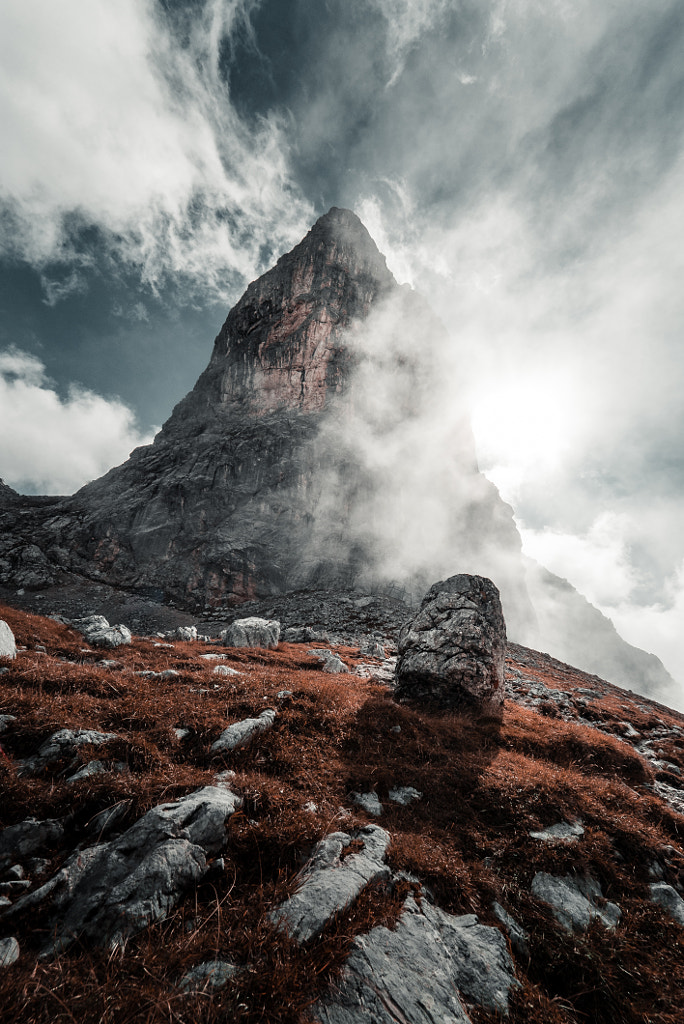
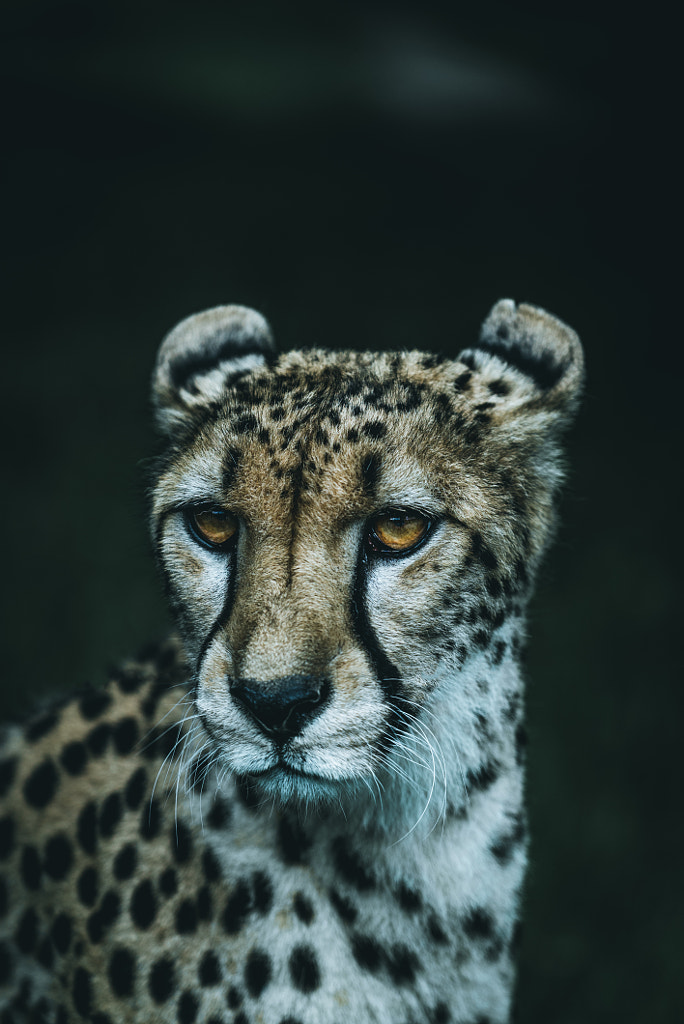

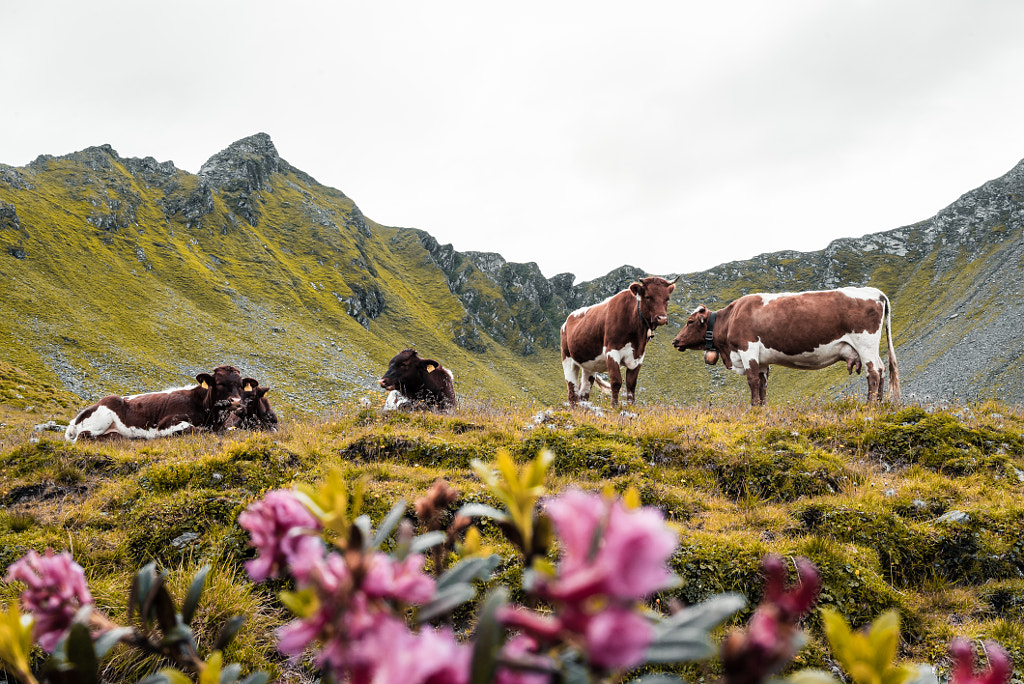
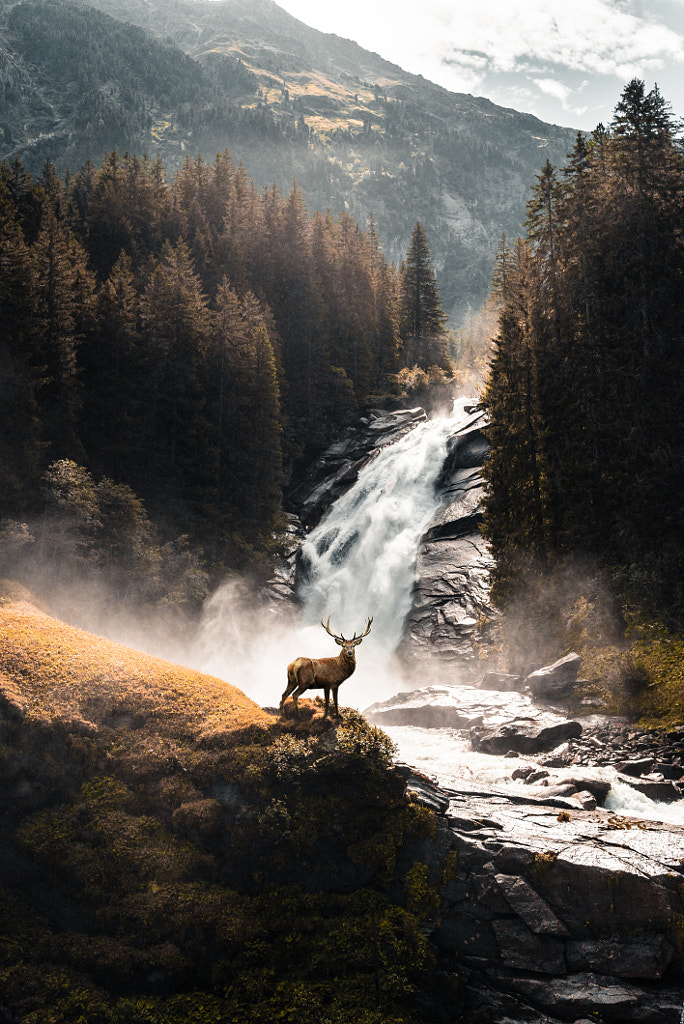
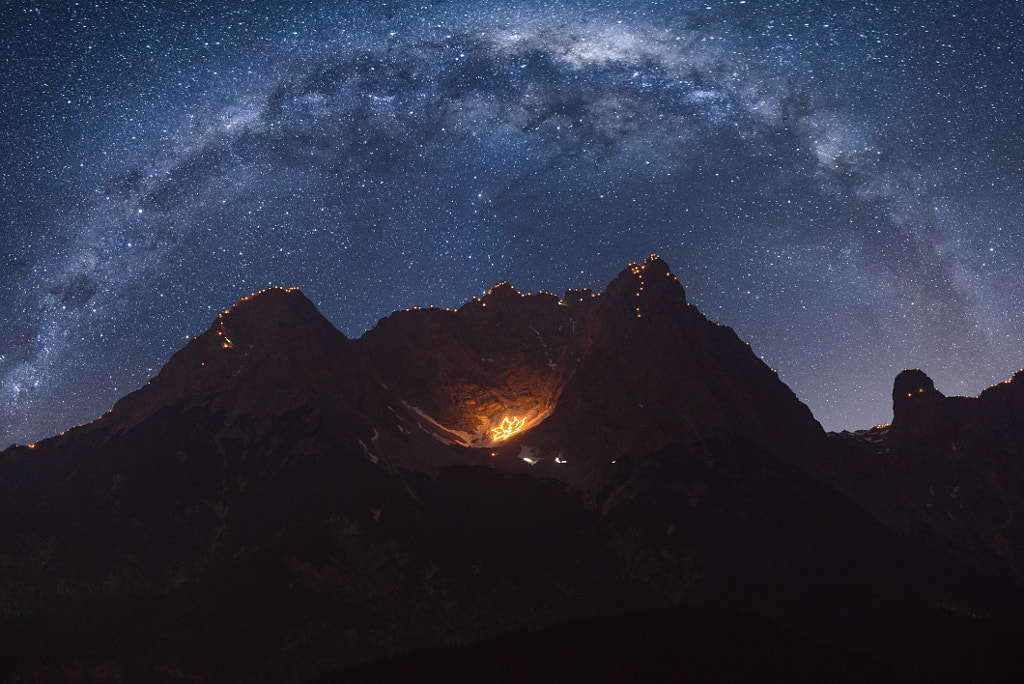
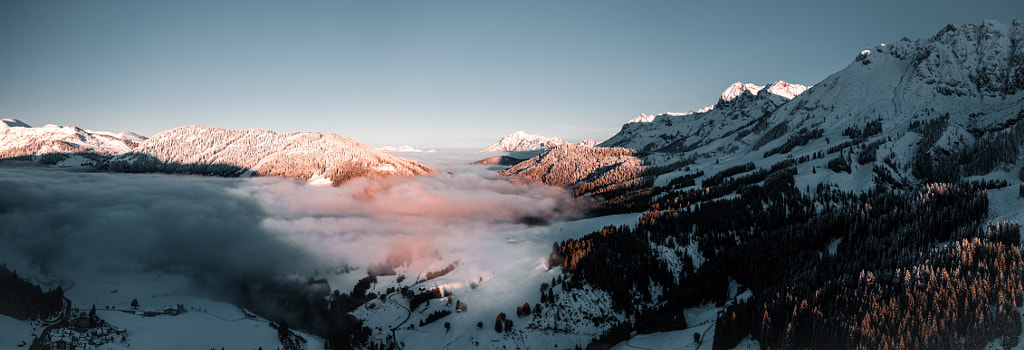
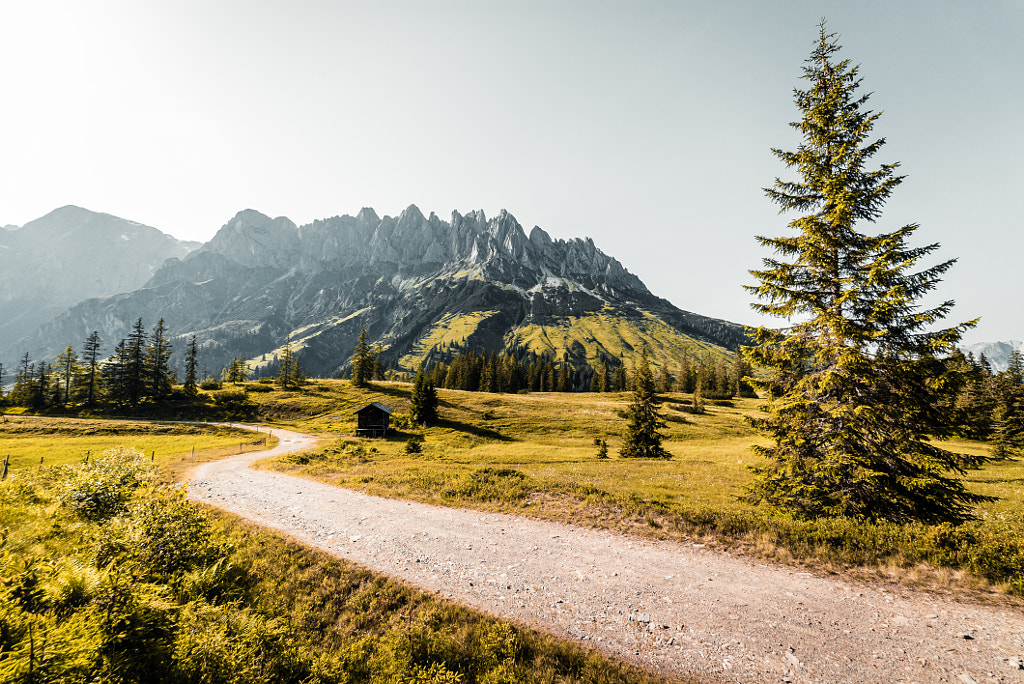
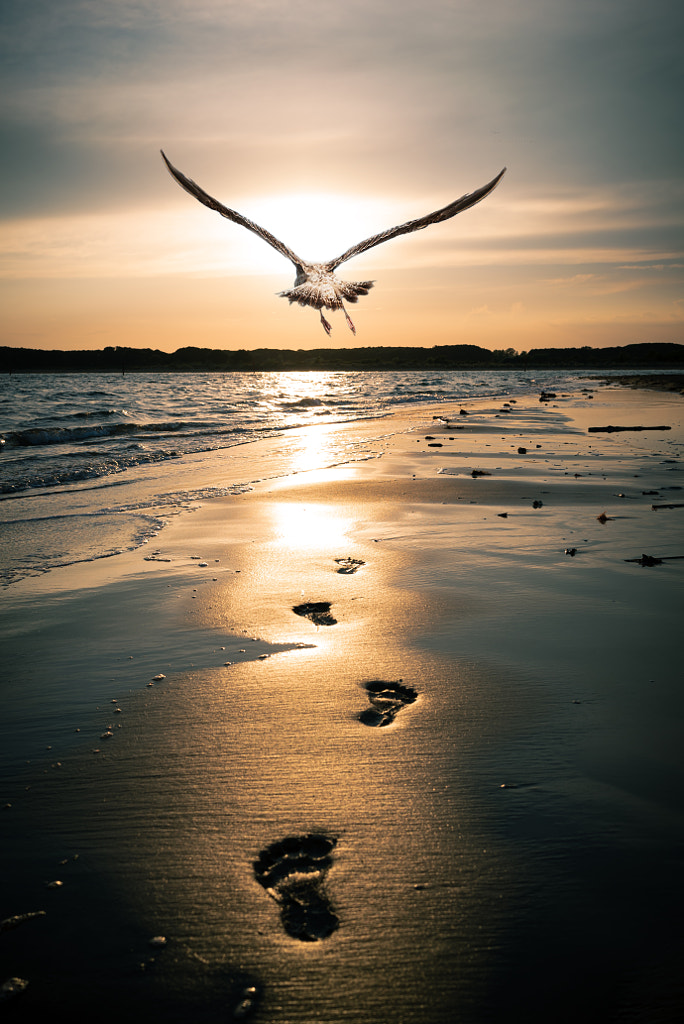
No comments:
Post a Comment